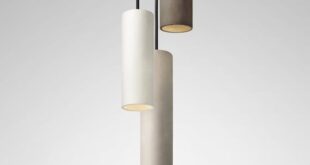
Religious furniture refers to the types of items commonly found in places of worship, such as churches, temples, mosques, and synagogues. These pieces are often specifically designed and used for religious ceremonies, rituals, and practices. Some common examples of religious furniture include altars, lecterns, pulpits, pews, prayer rugs, thrones, and sacred vessels. Each type of furniture serves a specific purpose within the religious context, such as providing a place for worship leaders to speak or for congregants to gather. In addition to functionality, religious furniture often carries significant symbolic meaning and may be adorned with religious symbols, scriptures, or artwork that reflect the beliefs and values of the faith community. The design and materials used in religious furniture can vary widely depending on cultural and religious traditions, with some pieces being intricately carved and adorned with precious metals and gemstones while others are more simple and utilitarian in nature. Overall, religious furniture plays an important role in creating a sacred space for worship and fostering a sense of reverence and connection to the divine.
Religious furniture plays a significant role in various places of worship, such as churches, temples, mosques, and synagogues. These pieces of furniture are not simply functional items but are also symbolically important in religious rituals and ceremonies. For example, church pews are where congregants sit during services, but they also represent a sense of community and unity among worshippers. Additionally, altars, podiums, and lecterns are focal points in many religious settings, where sacred texts are read and prayers are offered.
Furthermore, religious furniture often reflects the beliefs and traditions of a particular faith. For example, in Christian churches, the pulpit is where sermons are delivered, emphasizing the importance of preaching the Word of God. In Hindu temples, a mandir is a place of worship to house deities and offer prayers, while in Muslim mosques, a mihrab indicates the direction of Mecca for prayers. These pieces of furniture serve as physical manifestations of faith and help create a sacred space for worshippers to connect with their spiritual beliefs.
Overall, religious furniture serves a dual purpose of both practicality and symbolism in places of worship. These pieces not only provide functionality and comfort for worshippers but also help create an environment conducive to prayer, meditation, and reflection. Whether it be a simple pew or an ornate altar, religious furniture plays a vital role in enhancing the religious experience for individuals and communities around the world.
 blograsa.com home decor trends
blograsa.com home decor trends



